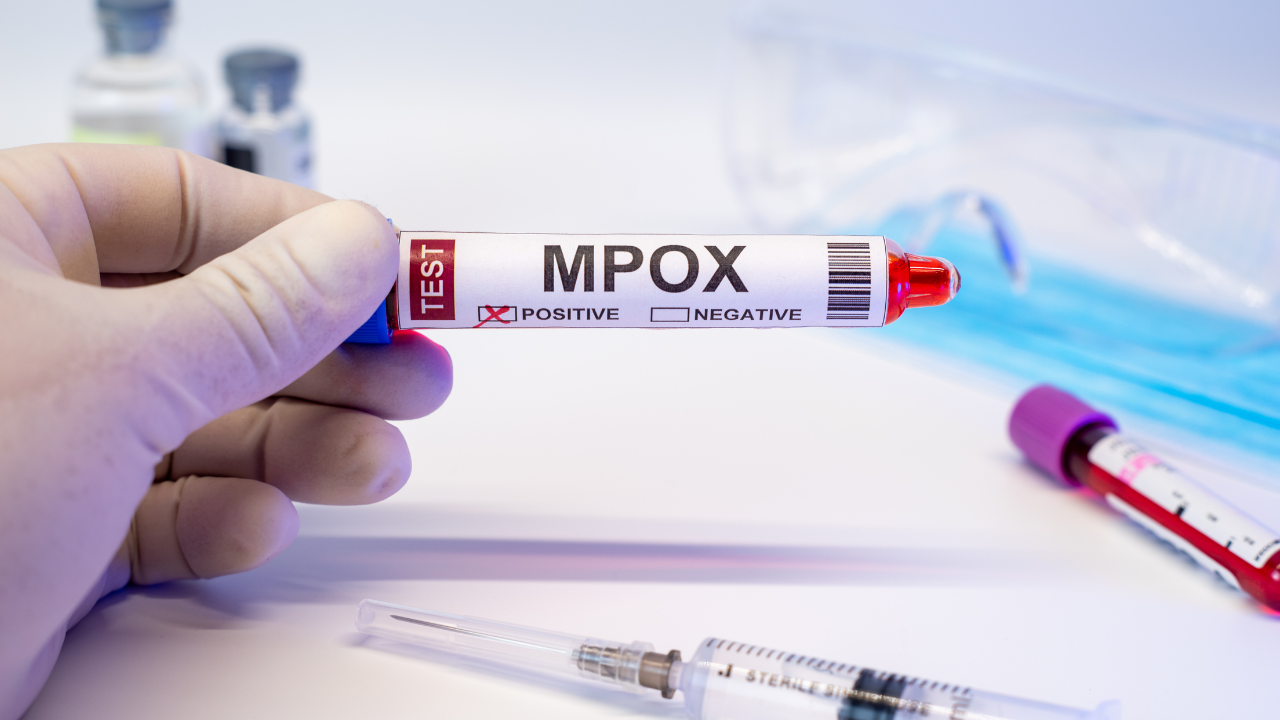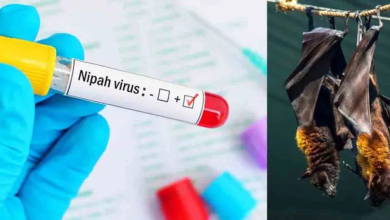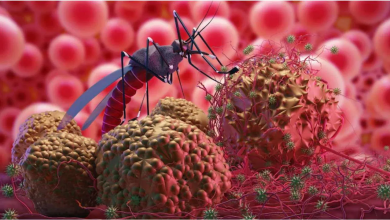Why should the public be informed about symptoms, prevention, and vaccines of Mpox Virus?
Empowering Public Health: Why Knowledge of Mpox Symptoms, Prevention, and Vaccines Matters
Why Should the Public Be Informed About Symptoms, Prevention, and Vaccines of the Mpox Virus?

In the face of emerging and re-emerging infectious diseases, public awareness and education are crucial components of effective disease management and prevention. Mpox, a viral zoonotic disease caused by the Mpox virus, has become a significant public health concern. Understanding the importance of informing the public about Mpox virus symptoms, prevention strategies, and vaccines is essential for controlling its spread and minimizing its impact. This article explores why public awareness in these areas is vital and how it contributes to overall health and safety.
The Importance of Public Awareness
1. Early Detection and Diagnosis
Recognizing Symptoms: Early detection of Mpox virus is crucial for timely intervention and treatment. Symptoms of Mpox virus include fever, rash, and swollen lymph nodes, which can sometimes be mistaken for other illnesses. Public awareness helps individuals recognize these symptoms early and seek medical attention promptly. Early diagnosis not only improves patient outcomes but also reduces the risk of further transmission.
Reducing Misdiagnosis: When the public is well-informed about Mpox virus symptoms, the risk of misdiagnosis decreases. Healthcare providers can make more accurate diagnoses and provide appropriate care if patients present with a clear understanding of their symptoms. This is especially important in distinguishing Mpox virus from other similar diseases and initiating the correct treatment protocols.
2. Prevention and Control Measures
Understanding Transmission: Mpox can spread through direct contact with infected animals, human-to-human transmission, and contaminated materials. By educating the public about how Mpox spreads, individuals can take proactive steps to prevent exposure. Awareness about modes of transmission helps people understand the importance of avoiding high-risk activities and practicing good hygiene.
Implementing Preventive Measures: Public education on prevention strategies, such as regular handwashing, proper use of personal protective equipment (PPE), and avoiding close contact with infected individuals, empowers people to protect themselves and others. Knowledge about effective preventive measures is key to controlling the spread of Mpox and reducing the burden on healthcare systems.
Community Impact: When individuals are informed about prevention and control measures, the community as a whole benefits. Widespread adoption of preventive practices helps to curb outbreaks and prevent the virus from spreading further. Public awareness campaigns can significantly impact community health by promoting safe behaviors and reducing the overall incidence of Mpox.
3. Vaccine Awareness and Uptake
Importance of Vaccination: Vaccination is a critical tool in preventing Mpox virus. The smallpox vaccine, which provides cross-protection against Mpox virus, has been shown to be effective in reducing the risk of infection. Informing the public about the availability and benefits of vaccination is essential for increasing vaccine uptake and achieving community immunity.
Addressing Vaccine Hesitancy: Public education about vaccines helps address concerns and misconceptions that may lead to vaccine hesitancy. By providing accurate information about the safety and efficacy of Mpox virus vaccines, health authorities can encourage more people to get vaccinated. This is crucial for building confidence in vaccines and ensuring widespread coverage.
Preventing Outbreaks: Vaccination not only protects individuals but also helps prevent outbreaks by reducing the number of susceptible individuals in the population. High vaccination rates contribute to herd immunity, which makes it more difficult for the virus to spread and helps protect those who cannot be vaccinated due to medical reasons.
Strategies for Effective Public Education
1. Clear and Accurate Information
Providing Reliable Sources: It is essential to provide the public with clear, accurate, and reliable information about Mpox virus. Health authorities, medical professionals, and reputable organizations should disseminate information through various channels, including websites, social media, and community outreach programs. Ensuring that information is accurate and up-to-date helps build trust and credibility.
Simplifying Complex Concepts: Medical terminology and complex concepts should be explained in simple, understandable language. Using infographics, videos, and other visual aids can help make information more accessible and easier to comprehend. This approach is particularly important for reaching diverse audiences with varying levels of health literacy.
2. Targeted Communication
Reaching At-Risk Populations: Targeted communication strategies are necessary to reach populations that are at higher risk of Mpox virus. This includes healthcare workers, travelers to endemic regions, and individuals with frequent contact with animals. Tailoring messages to specific groups ensures that they receive relevant information and are better equipped to protect themselves.
Utilizing Multiple Platforms: Using a variety of communication platforms helps to reach a broader audience. Social media, public service announcements, community meetings, and educational materials in healthcare settings are all effective ways to disseminate information. Leveraging multiple channels increases the likelihood that the message will reach individuals and reinforce key points.
3. Engaging the Community
Community Involvement: Engaging community leaders and organizations in public education efforts can enhance the effectiveness of outreach initiatives. Local influencers, schools, and community groups can play a vital role in spreading information and encouraging safe practices. Community involvement fosters a sense of collective responsibility and promotes widespread adoption of preventive measures.
Interactive Education: Interactive educational programs, such as workshops, seminars, and online courses, can provide individuals with hands-on experience and practical knowledge. These programs allow participants to ask questions, discuss concerns, and receive personalized guidance on Mpox prevention and vaccination. Just as we know Why is The Saône River Culturally Important?
Conclusion
Public awareness about Mpox symptoms, prevention strategies, and vaccines is essential for controlling the spread of the virus and protecting public health. By informing individuals about the signs and symptoms of Mpox, providing guidance on prevention, and promoting vaccination, we can empower people to take proactive measures and contribute to the overall health and safety of their communities.
Effective public education requires clear, accurate information, targeted communication strategies, and community engagement. By addressing these areas, we can build a well-informed public that is equipped to handle Mpox and other infectious diseases. As we continue to face health challenges, the role of public awareness and education remains a cornerstone of effective disease management and prevention.




